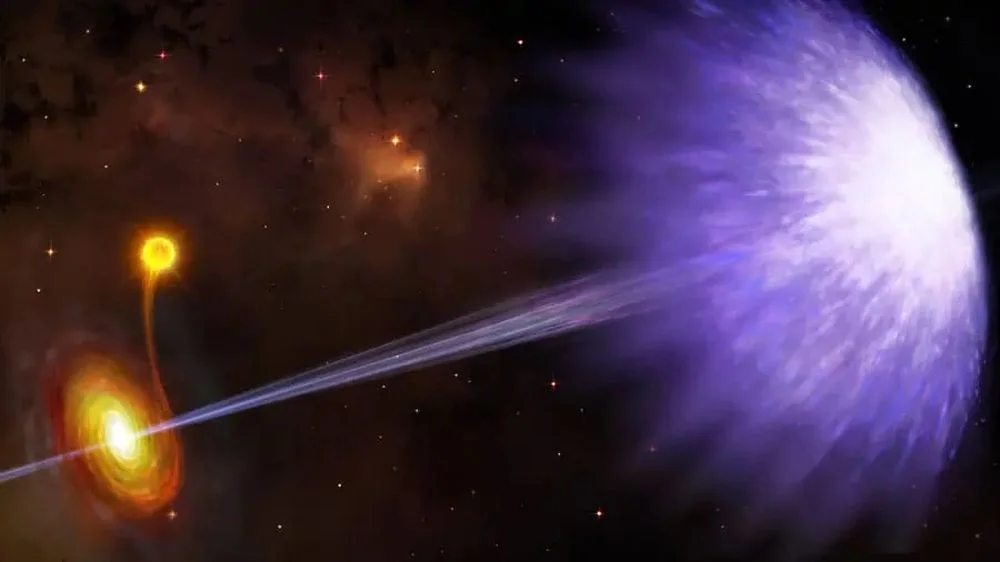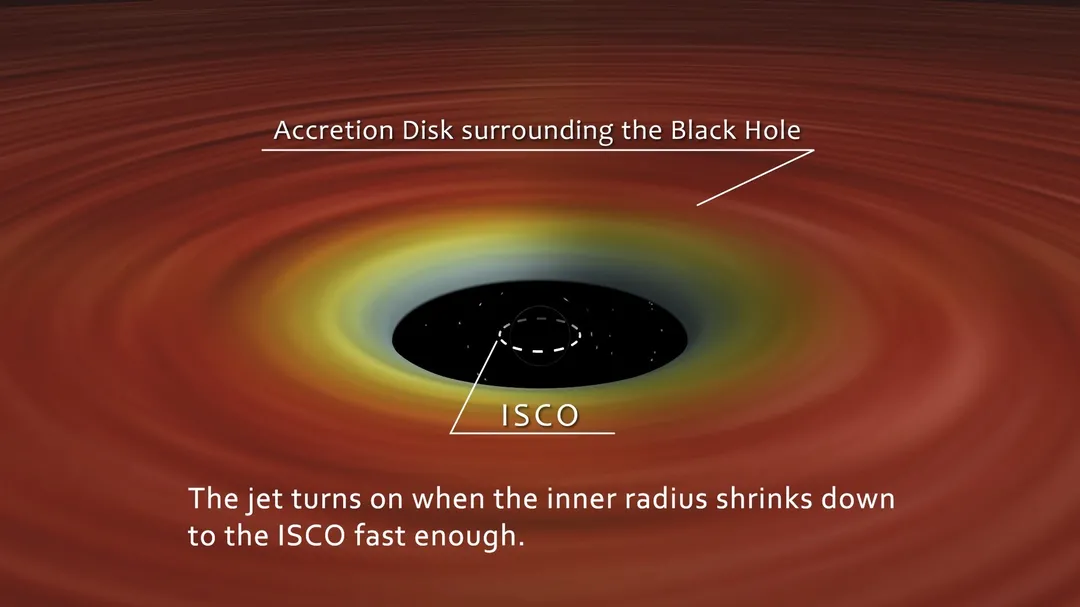
Black Hole Blows: Unveiling the Power of Stellar Black Hole Jets With NASA’s IXPE & MeerKAT
Black holes, once thought of as mere cosmic vacuum cleaners, are now revealing their dynamic influence on the universe. New research is shedding light on how even stellar black holes, the smaller cousins of supermassive giants, shape their galactic neighborhoods. Two recent studies leveraging cutting-edge telescopes are rewriting our understanding of these enigmatic objects.
One major question in astrophysics is: How are X-rays generated in extreme environments like those surrounding black holes?

NASA's IXPE (Imaging X-ray Polarimetry Explorer), is collaborating with radio and optical telescopes and tackled this issue directly by studying the blazar BL Lacertae (BL Lac), a supermassive black hole with a jet pointed towards Earth. The findings, soon to be published in Astrophysical Journal Letters, point to interactions between fast-moving electrons and light particles (photons) as the source of these X-rays.
"This was one of the biggest mysteries about supermassive black hole jets," said Iván Agudo, lead author of the study. IXPE found that the X-rays had a lower polarization than optical light, suggesting that the Compton effect, where electrons scatter photons up to X-ray wavelengths, is the primary mechanism at play.
Adding to the growing body of knowledge, Japanese research highlights how stellar black holes, formed from collapsed stars, contribute to galaxy dynamics. By analyzing X-ray and radio data from a binary system, the research team discovered that plasma jets erupt when the accretion disk—a swirling mass of gas and dust around the black hole—contracts rapidly near the innermost stable circular orbit (ISCO). Think of it like a cosmic pressure release valve.

Meanwhile, observations from the MeerKAT radio telescope in South Africa reveal that even stellar-mass black holes actively sculpt their surroundings. Two companion papers in Astronomy and Astrophysics detail how these smaller black holes generate powerful jets that create enormous shockwaves in the interstellar medium (ISM).
One study focused on Cygnus X-1, the first confirmed black hole, revealing a bow shock likely created by a previously unseen jet. The other study uncovered a similar bow shock around GRS 1915+105, a microquasar with a relativistic jet. These bow shocks span dozens of light-years and reflect the impact of black hole jets on their environment over thousands of years.

"These discoveries show that stellar black holes can actively sculpt their surroundings, leaving behind enormous shockwaves that tell a story spanning thousands of years," said Sara Motta, lead author of one of the MeerKAT papers.
Taken together, these findings paint a more complex picture of black holes. They demonstrate that black holes, regardless of size, are not passive observers but active participants in the evolution of galaxies. From the X-ray generation mechanisms to bow shocks rippling through the ISM, black hole jets are powerful forces shaping the cosmos.
These recent discoveries highlight the dynamic interplay between black holes and their surroundings. What other surprises do these cosmic powerhouses hold, and how will future observations reshape our understanding of the universe? Share your thoughts and theories in the comments below!